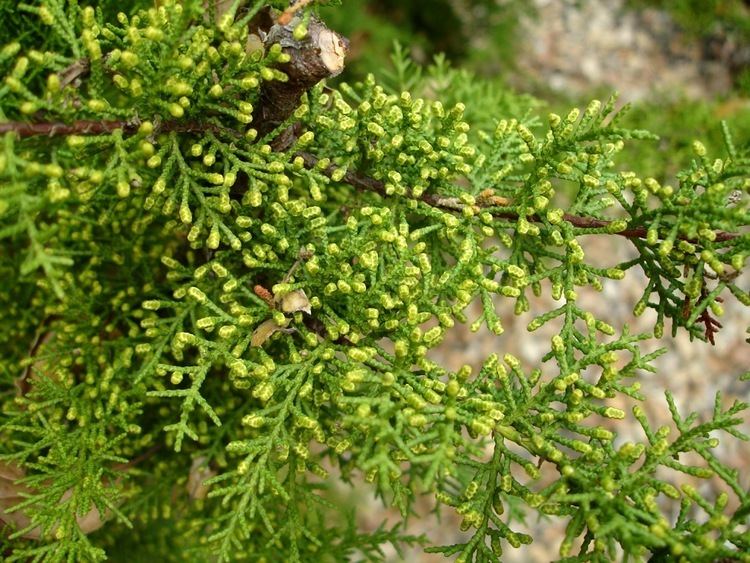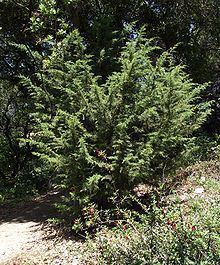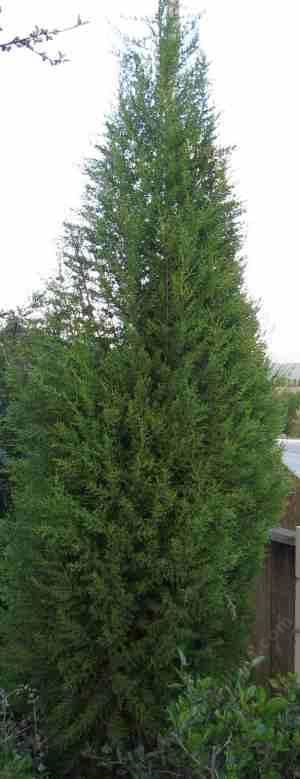Higher classification Cupressus | Division Pinophyta Scientific name Cupressus goveniana Rank Species | |
 | ||
Similar Cupressus, Cupressus macnabiana, Cupressus abramsiana, Cupressus sargentii, Cypress | ||
Cupressus goveniana, now reclassified as Hesperocyparis goveniana, with the common names Californian cypress and Gowen cypress, is a species of cypress, that is endemic to California.
Contents

Distribution

The tree is endemic to the Monterey Peninsula in coastal Monterey County, located on the Central Coast of California, in the Western United States.

The tree is found in small, scattered populations, and not in large forests of its species. Hesperocyparis goveniana occurs with Hesperocyparis macrocarpa (Monterey cypress), in the two groves where the Monterey cypress is known to occur naturally, in Monterey County.
It is on the IUCN Red List of endangered species.
Description

Hesperocyparis goveniana is an evergreen tree with a conic to ovoid-conic crown, very variable in size, with mature trees of under 1 m (3 ft 3 in) on some sites, to 50 m (160 ft) tall in ideal conditions.

The foliage grows in dense sprays, dark green to somewhat yellow-green in color. The leaves are scale-like, 2–5 mm (0.08–0.20 in) long, and produced on rounded (not flattened) shoots.

The seed cones are globose to oblong, 11–22 mm (0.43–0.87 in) long, with 6 to 10 scales, green at first, maturing brown or gray-brown about 20–24 months after pollination. The cones remain closed for many years, only opening after the parent tree is killed in a wildfire, thereby allowing the seeds to colonize the bare ground exposed by the fire. The male cones are 3–5 mm (0.12–0.20 in) long, and release pollen in February/March.
Typically, cones of H. goveniana are smaller than those of H. macrocarpa.
Taxonomy
The varieties or subspecies, formerly included under Cupressus goveniana by some botanists, include:
